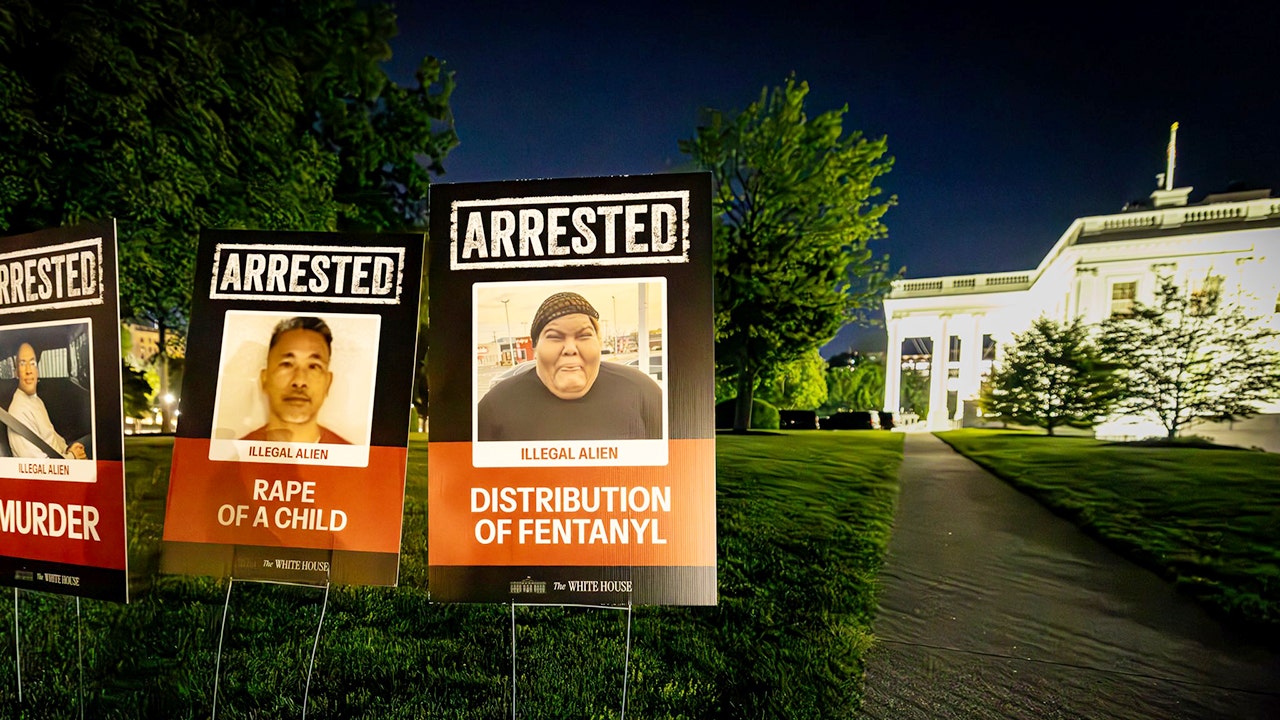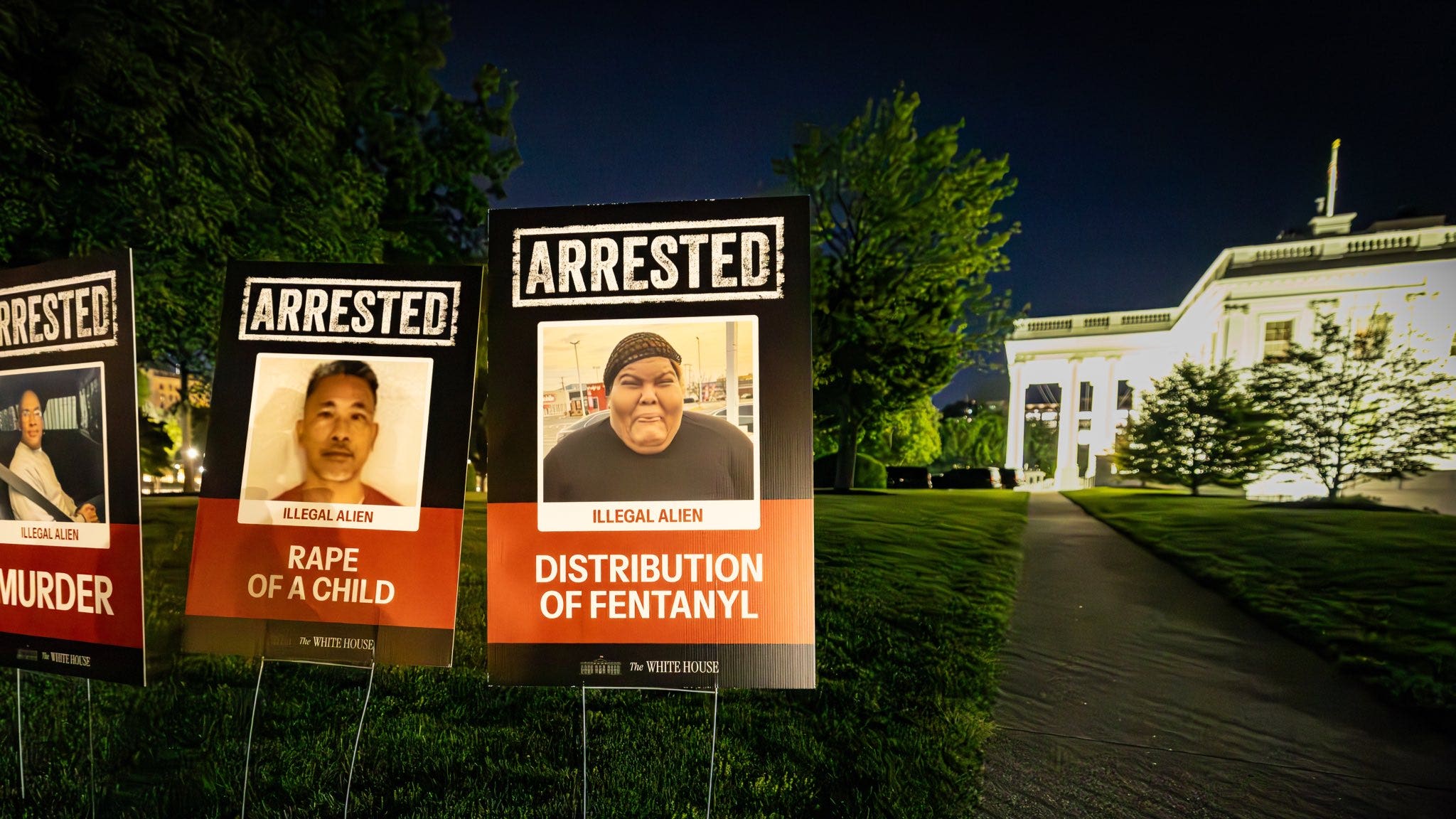Less than 24 hours after publicly endorsing the talents of Oregon quarterback Dillon Gabriel, Cleveland Browns general manager Andrew Berry faced the media with a similar task Saturday afternoon.
Describing another quarterback’s fit and value at the draft spot?
Advertisement
Drafting high-profile Colorado quarterback Shedeur Sanders 50 picks after selecting Gabriel warranted explanation.
“We talk oftentimes about quarterback being the most important position in the sport,” Berry said. “It wasn’t necessarily the plan going into the weekend to select two quarterbacks, but as we talk about, we do believe in best player available, we do believe position value, and we didn’t necessarily expect him to be available in the fifth round.
“It got to a point where he was probably mispriced relative to the draft.”
The Browns are taking two swings at rookie quarterbacks in Colorado's Shedeur Sanders and Oregon's Dillon Gabriel. (Taylor Wilhelm/Yahoo Sports)
Selecting Sanders in the fifth round wasn’t wild, much less expensive. But as most things with Sanders in the pre-draft process, it turned heads and warranted questions.
Advertisement
There was the pick itself: Why did the Browns take a risk on a player whose character assessment tanked him below his talent, in the eyes of talent evaluators across the league?
And secondly: If the Browns did believe in Sanders' potential — or Gabriel for that matter — why didn’t they just select one rookie, allowing more resources and especially practice snaps for the quarterback best positioned to succeed?
Conversations with talent evaluators and executives across the league painted a surprising picture: There’s an undercurrent of support and understanding for the Browns’ nontraditional decision-making process, and particularly their selection of Sanders 144th overall. The risk exists. But decision-makers believe it’s worth holding.
“The hit rate is so bad on quarterbacks [that] if you can have two at-bats instead of one, I don't think it's a bad idea,” one NFC executive told Yahoo Sports.
A talent evaluator from a different NFC team considered the interpersonal dynami
Advertisement
“The one thing I really liked about it was the psychological element of creating competition,” the evaluator told Yahoo Sports. “You are taking [Sanders] as a bubble player now with a QB they took above him, where [Sanders] is not guaranteed to a spot and has to be in fight or flight mode.
“Hopefully he can lock in when Gabriel is taking reps over him as I’d imagine.”
In crowded Browns QB room, how will Sanders and Gabriel fare?
Five different talent evaluators across the league agreed: Sanders has exemplified more talent and a higher ceiling than Gabriel.
They generally believed Sanders was a second-round talent (evaluators who spoke to Yahoo Sports ranged from late first- to fourth-round grades, with most at second) while Gabriel graded most often as a fifth-round pick with range to a sixth.
Advertisement
Evaluators believed Sanders had the potential to develop into a quality starter while Gabriel’s ceiling was more likely at high-level backup. Each can be a system fit with Cleveland’s above-average offensive line.
The higher upside validated doubling up, one NFC executive said.
“He's way more talented, especially for that value,” the executive told Yahoo Sports. “This guy has a chance to end up being their starter, to be honest with you. But it's just a matter of the risk you take.
“Is he going to be focused on ball only?”
At the college level, Sanders’ focus seemed to accomplish the job and more.
Advertisement
Sanders played 50 games across four total season at Jackson State and Colorado, completing 70.1% of passes for 14,347 yards, 134 touchdowns and 27 interceptions.
Gabriel played 64 total games across six seasons at UCF, Oklahoma and Oregon. He completed 65.2% of passes for 18,722 yards, 155 touchdowns and 32 picks.
Dillon Gabriel played in 64 games across six collegiate seasons, his last at Oregon. (Photo by CFP/Getty Images)
(CFP via Getty Images)
Each player peaked in his final season, Sanders completing 74% of passes with a 37 to 10 touchdown-to-interception ratio while Gabriel completed 72.9% as he tossed 30 to 6.
Berry touted Sanders’ accuracy, pocket presence and production a day after praising Gabriel’s accuracy, poise, anticipation throws and mobility as above his 5-foot-11 height (Sanders stands 6-1 and 1/2).
Advertisement
“We just thought he had a really well-rounded game,” Berry said of Gabriel. “The biggest negative that you can say about him is that he doesn’t have ideal height. But that’s not something that we felt like showed up in his game or film.
“We felt strongly about Dillon.”
So strongly that, a day later, the Browns added competition to an already complicated quarterback room.
History says multiple QBs can be an asset for teams who develop them
In the 2024 NFL Draft, the New England Patriots selected UNC quarterback Drake Maye fourth overall and Tennessee product Joe Milton III in the sixth round.
Maye proved he could be a quality starter in 12 opportunities to start as a rookie, while Milton exceeded expectations in his lone game: a 241-yard performance that featured a 48-yard touchdown pass.
Advertisement
So this offseason, as the Patriots strategized their roster building under new head coach Mike Vrabel, they made a decision: Maye is their unquestioned starter and Milton’s best value to the team was as a trade asset.
New England dealt Milton and pick No. 217 in exchange for pick No. 171, 22 spots above where they’d grabbed Milton a year earlier. They flipped the capital into two picks, for a kicker and an offensive lineman.
It’s too soon to know how those talents play out. But what’s already clear: The Patriots were able to recoup value from a second quarterback after determining their first was sufficient with which to move forward. There are examples in NFL history of less successful doubles, but Washington’s 2012 selection of Robert Griffin III followed by Kirk Cousins similarly proved fruitful.
Cleveland could once again swing and miss, to use team owner Jimmy Haslam’s recent description of their blockbuster trade for Deshaun Watson three years ago. But the quarterback-starved franchise also could hit as it follows up with darts on the board.
Advertisement
Could the club have instead gone deeper at another position of need? Sure. But their offensive line is sufficient to develop young quarterbacks and quarterback was indeed their sorest position of need in the next two to three years. It’s not impossible Gabriel becomes their backup and Sanders their starter, if each follows a path toward reaching their talent ceiling.
Right now the Browns' roster also holds 40-year-old Joe Flacco, 2022 Steelers first-round draft pick Kenny Pickett (who spent last year as Philadelphia’s backup) and an injury-sidelined Watson.
Pickett seems the most likely Week 1 starter, with Sanders and Gabriel likely to receive the chance to compete for No. 2. Flacco may be the readiest to win in Week 1, but he also may be the odd one out on a crowded roster that likely wouldn’t be wise to retain its whole collection of passers.
At bare minimum, the Browns quarterback room will be fascinating to watch. It might also have an answer lurking in a sea of question marks.
“Ultimately we try and do everything in our power to maximize the impact of the picks we have in aggregate,” Berry said. “… We expect every player to compete.
“Simple as that.”
.png)
 German (DE)
German (DE)  English (US)
English (US)  Spanish (ES)
Spanish (ES)  French (FR)
French (FR)  Hindi (IN)
Hindi (IN)  Italian (IT)
Italian (IT)  Russian (RU)
Russian (RU) 







Comments